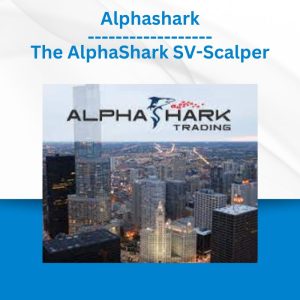*** Proof of Product ***
Exploring the Essential Features of “The Key to Restoring Balance, Gait, & ADLs Faster – Michelle Green – PESI”
When retraining balance, gait, and ADLs, progress is often impeded by deficits that don’t respond to strength and balance interventions due to malalignment of the pelvis and trunk. This recording brings the trunk to the forefront of neurological recovery, showing you how to achieve faster and more predictable functional gains using the latest research and interventions to restore pelvic/trunk alignment and control. Through pictures, videos, and active demonstrations, you’ll learn a whole-body approach to restoring human movement with geriatric and neurological patients of any age, including low-level patients.
Speaker
Michelle Green, PT, DPT, C-NDT, NCS
Michelle Green, PT, DPT, C-NDT, NCS, is an expert in stroke rehabilitation, with over 20 years of experience helping countless patients recover from neurological conditions. Her background in NDT, Pilates, and yoga has influenced her assessment and treatment approach, providing her with enhanced insight into movement assessment and guided movement re-education.
Dr. Green travels nationally to present seminars on stroke rehabilitation, and she is known for her dynamic, hands-on teaching style. She earned her Doctorate in Physical Therapy from University of North Carolina Chapel Hill, and she teaches as an assistant professor in the DPT program at Campbell University. Her additional interests include education and learning, impairment-based treatment across the lifespan, and application of mind-body practices for improving mental and physical health.
Speaker Disclosures:
Financial: Michelle Green has an employment relationship with Campbell University. She serves on the Curricular Advisory Council Team in the Physical Therapy Department at Ithaca College. Michelle Green also serves as a manuscript reviewer for the Journal of Exercise Science, LSVT Global Student Grant for Treatment Efficacy Studies with Neurologically Impaired Patients, and Journal of Geriatric Physical Therapy. She receives a speaking honorarium and recording royalties from PESI, Inc. She has no relevant financial relationships with ineligible organizations.
Non-financial: Michelle Green is a member of the American Physical Therapy Association. She is the co-chair for the APTA Academy of Neurologic PT On-Line Education Committee and serves on multiple educational committees, for a complete list contact PESI, Inc.
Target Audience
- Physical Therapists
- Physical Therapist Assistants
- Occupational Therapists
- Occupational Therapy Assistants
- Athletic Trainers
- Massage Therapists
Objectives
- Discuss the evidence supporting the role of the trunk in basic functional task completion
- Identify and name various trunk motions and correlate each to associated functional tasks
- Develop interventions aimed at restoring specific trunk motions needed for task completion, and evaluate strategies for applying these interventions in any clinical setting with a variety of diagnoses
Outline
The Role of the Trunk in Basic Functional Task Completion
The Connection Between Trunk Motions & Tasks
- The differences between upper and lower trunk motions
- Upper and lower trunk motion demonstration
Interventions & Application Strategies
- Case study: functional task success is limited by lack of adequate trunk control.
- Develop treatment interventions related to restoration of trunk motion and control
- Develop interventions to address commonly noted trunk motion limitations
- Discuss progression toward functional task success.
Please see the full list of alternative group-buy courses available here: https://lunacourse.com/shop/









